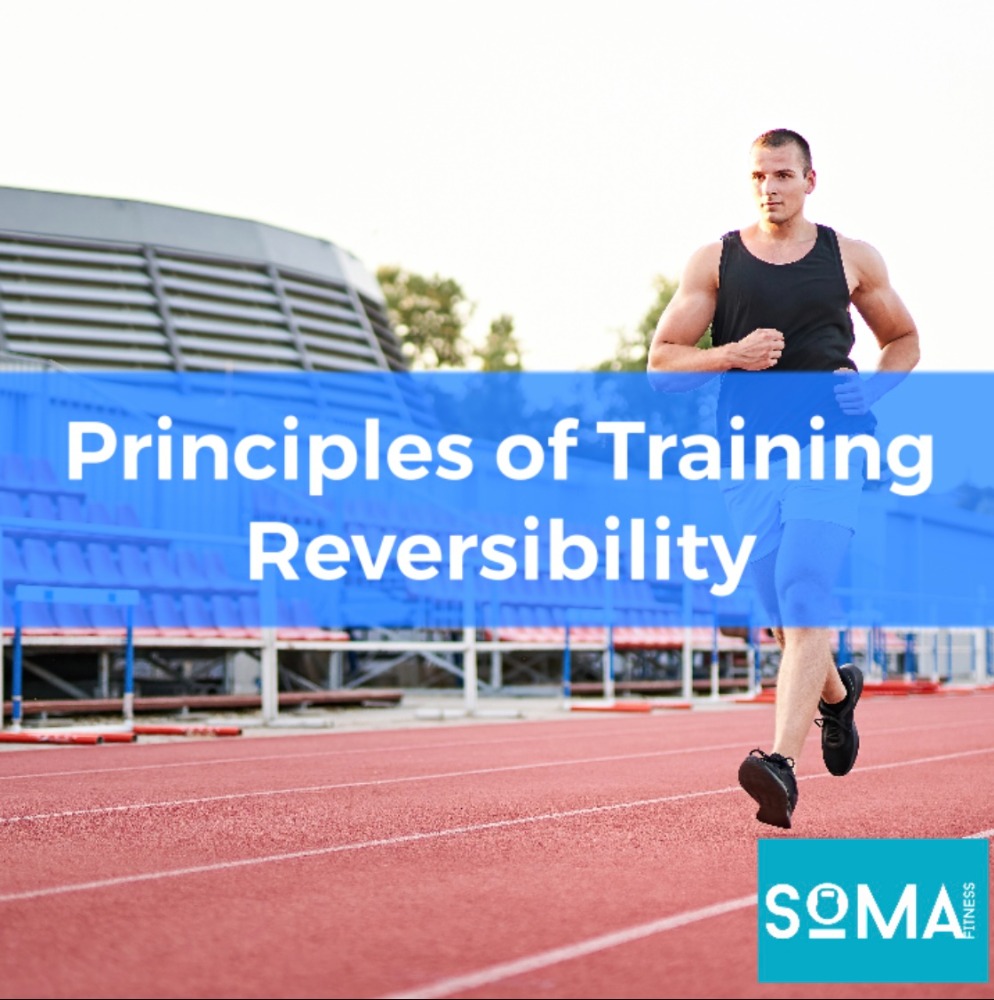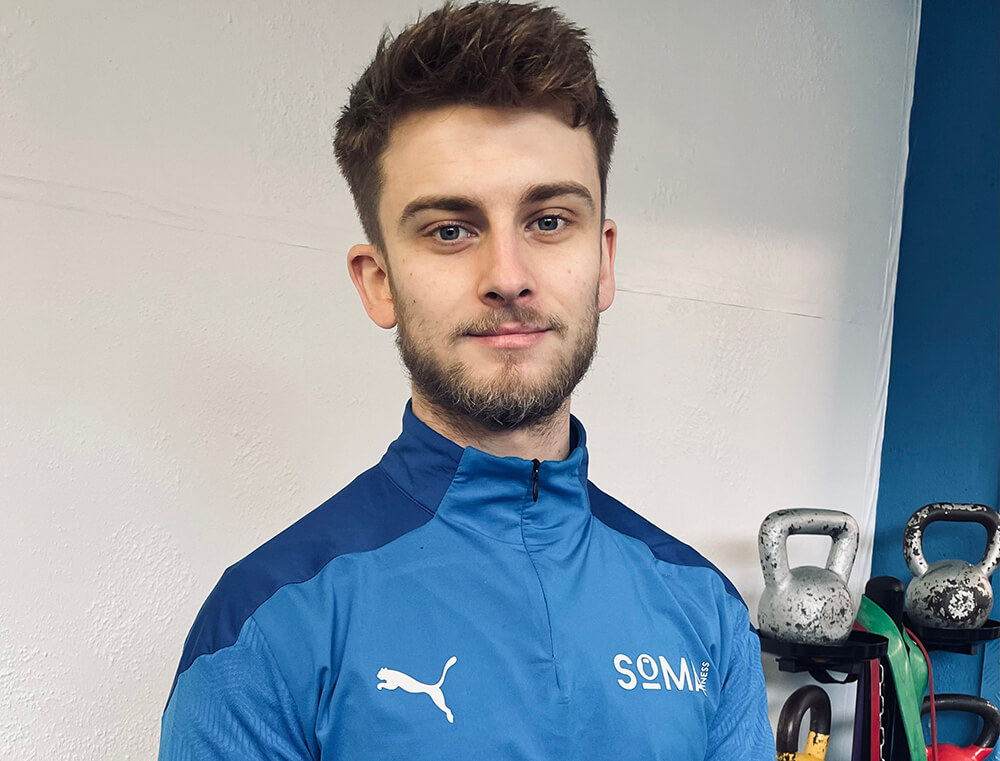
The principles of training are factors that should be applied to any training programme to ensure optimal adaptations. These principles include: Progressive Overload, Reversibility, Specificity, Individualisation and Periodization. To delve deeper into each of these, I will be writing an in-depth article on each, with this one discussing Reversibility.
It’s at this time of year where the majority of people go on their holiday and take a break from everything in life, including training. Alternatively, many people may have to cease training due to other reasons such as work and family commitments or injury. Depending on the amount of time taken off, one can experience reversibility.
Reversibility can be defined as the loss of fitness and/or performance adaptations via the withdrawal of tissue loading (which we get from training). Each adaptation takes a different amount of time to fade. For example, aerobic capacity and muscle elasticity have been shown to decrease after just 5 days of inactivity. However, strength has been shown to only decrease by 10% after 8 weeks without training. It’s important to note that other factors will also play a significant role in how quickly an adaptation is lost when training is stopped. These include the individual’s genetics, as well as nutrition. For example, if two bodybuilders were to stop training and one continued to consume a high protein diet and maintenance calories and the other who consumed inadequate amount of protein and ate below their maintenance calories, the latter is expected to experience a greater degree of reversibility.
Once someone experiences this, upon their return to training they are expected to experience a reduction in performance levels across the board. Also, lower recovery levels between sessions, susceptibility to DOMS (Delayed Onset Muscle Soreness) and increased risk of injury are expected- especially if the reason for cessation of training is due to an injury.
What can someone do to try and minimise the effects of the issues mentioned above? Upon returning to training after a break, what many people try and do is go and train extra hard, and twice as much in an attempt to make up for lost time. Unfortunately, our bodies do not work like that and this approach will only result in overtraining. This is because our bodies can only adapt to a given amount of a stimulus at one time and after a period of detraining, this size of the stimulus needed for maximal adaption actually decreases. Therefore, the best approach when returning to training is to decrease the FIT principles from FITT (Frequency, Intensity, Time) in order to moderate size of the stimulus on the body.
Frequency refers to the number of sessions per week that is being carried out, if you were training over 3 times per week prior to taking time off, it may be wise to decrease frequency by up to 50% and then gradually build back up. For example, if you originally trained 4 times per week and then took an 8-12 week break, you may train twice on your first week back, 3 times on your second and be back up to 4 sessions per week by your third week back into full training.
Intensity refers to how vigorous a session is. Therefore, if you went through a block of training whereby a number of your lifts were at 80% of your 1 rep max, then it may be sensible to decrease this load to 60% of your 1 rep max and increase it by 5% each week until you are back at 80%.
Time refers to the duration of each training session. This concept is best applied to cardiovascular exercise. Simply put, if you were running for 45 minutes each session prior to taking time away from training. You would look at decreasing this amount, depending on how much time you had away from exercise. Typically, you may decrease to 25 minutes if you took a month off, and then increase the duration by 5 minutes each week until you were back at 45 minutes.
All these precautions are necessary to try and reduce the risk of injury and to make sure the body can adequately recover between sessions instead of experiencing burnout and having to take more time away from training. It’s also worth noting that the stimulus needed to maintain performance is significantly less than what is needed to improve. Therefore, performance will not continue decrease, even on much smaller training loads whilst building back up.







Recent Comments